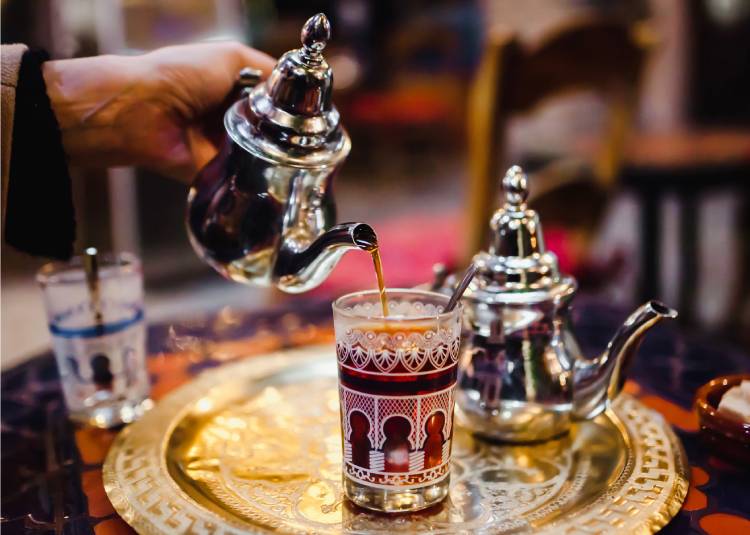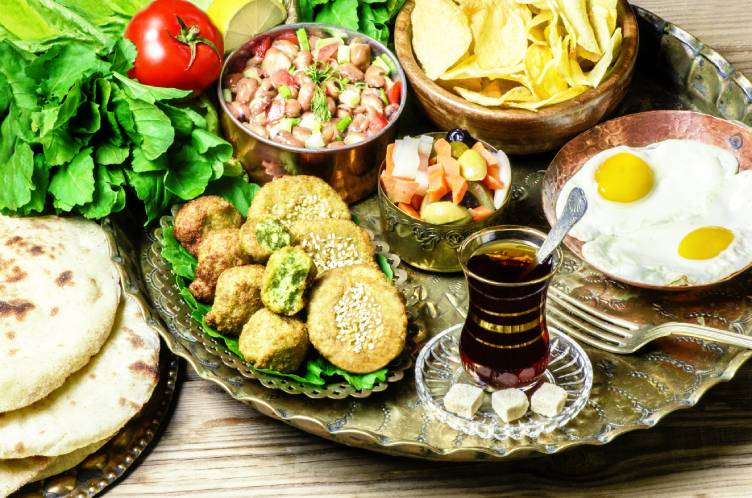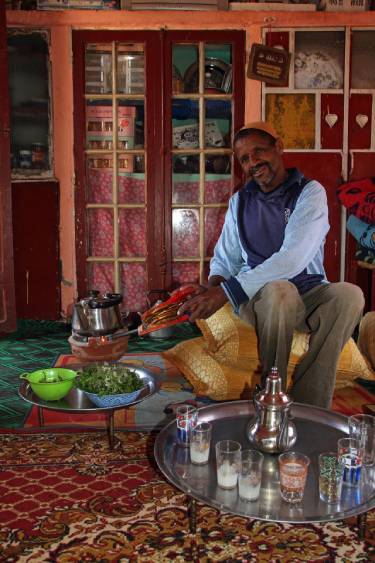Tea Culture and Traditions in the Arab World

By Farah El Akkad, journalist.
It goes without saying that Tea is the most celebrated drink in Egypt and the Arab world. Be it in the morning, afternoon or at night, there is no specific time or occasion to drink tea in the Middle East. Flavored, with milk or classic, an Arab will never say no to Tea.
Egyptians in particular share a special ‘mazag’ (taste) for tea. Wahed Shai, Sukkar Bara “One Cup of Tea, Sugar outside”; a well known local expression, many Egyptians are familiar with. Usually said to the waiter of local cafes ‘ahwa’ found around every corner in Egypt, chatting and sipping a cup of tea among friends after a long busy work day while watching a football match; a normal occurrence of Egyptians daily life. Not just a drink but is considered a symbol of hospitality and Generosity, Egyptians and Arabs will usually offer their guests more than one cup of tea; some hosts present their guests with a whole teapot to indulge in.

Historically, tea appeared in Egypt around the 16th Century coming from African countries such as Kenya and Asiaan countries such as India and Sri Lanka. Over the years, the drink was easily accessible to different social classes. To this day, tea is considered one of the cheapest drinks, climbing the charts as a popular drink among all members of society no matter what class. Egyptians consume around 65,000 to 75,000 tonnes of tea yearly, consumed by an average around 800 to 1000 grams per capita as stated by Hackberry Tea.

Egyptians enjoy different varieties of tea, be it the ‘Saidi’ exceptionally heavy black boiled sugary tea, as served in Upper Egypt. The tea is usually mixed with not less than 2 spoonfuls of sugar and fresh mint leaves ‘na’na’ or milk (if preferred) boiled altogether until it becomes sizzling. Upper Egyptian Tea is quite heavy and bitter compared to Northern cities of Egypt where they drink ‘koshari’ tea which is a bit lighter and the water is boiled before adding tea and sugar. When it comes to the rituals of drinking tea, the serving atmosphere is of a great significance. Unlike coffee or other hot drinks, it is a necessity to serve tea in a transparent glass cup, some even consider it impolite to serve tea in a mug or non transparent cup, or that it is not “osool” ( lacking customs or tradition) as grandmothers used to say. Milk is sometimes added to tea ‘shai bi laban’ (tea with milk) depending on preference and served with homemade biscuits. Shai el Hatab (tea made over burning wood) is served in Sinai, Siwa and other bedouin communities, quite strong in flavor and taste, usually flavored with fresh mint and sometimes with lemon grass leaves (particularly in Siwa).
Other countries such as Morocco are also famous for its unique tea taste, flavored with mint and spearmint. Moroccan tea is rather colorful in its presentation; served on a silver tray with a Moroccan teapot and colorfully decorated tea glasses that stand out and definitely makes one have more than just a cup. In the Gulf area, Karak Tea, originally coming from south Asia and India.




 Previous Post
Previous Post



